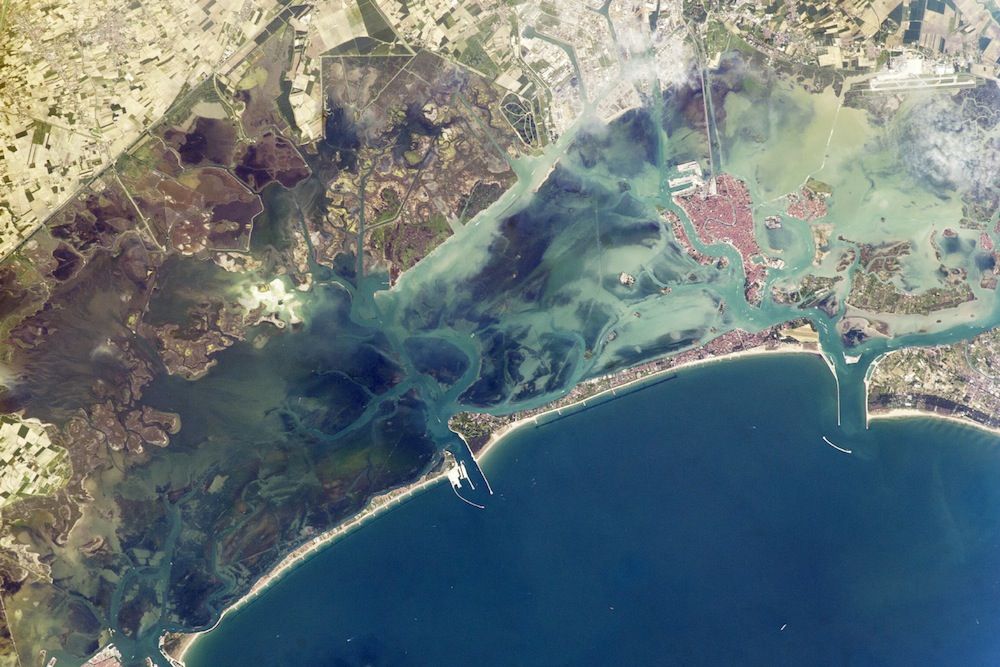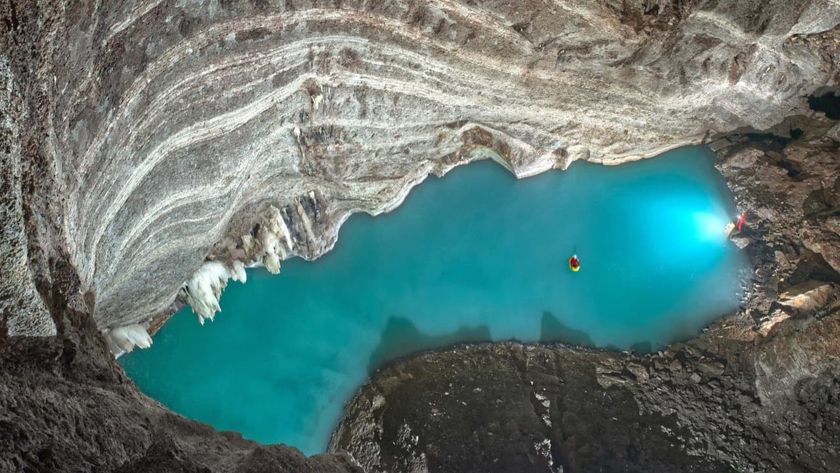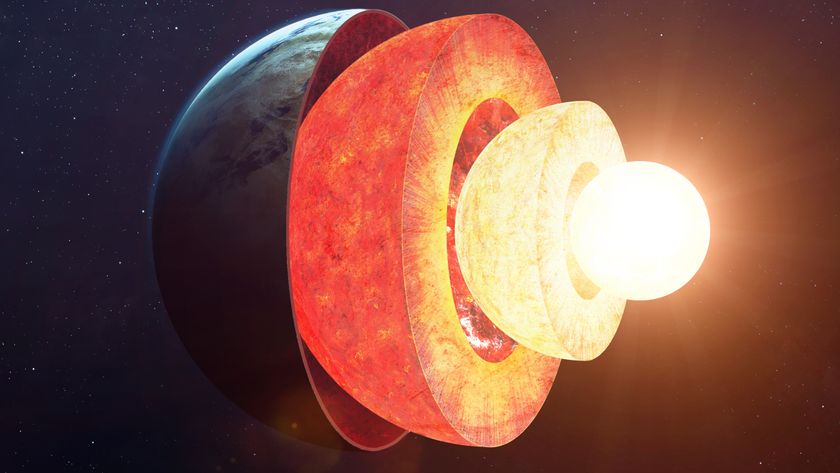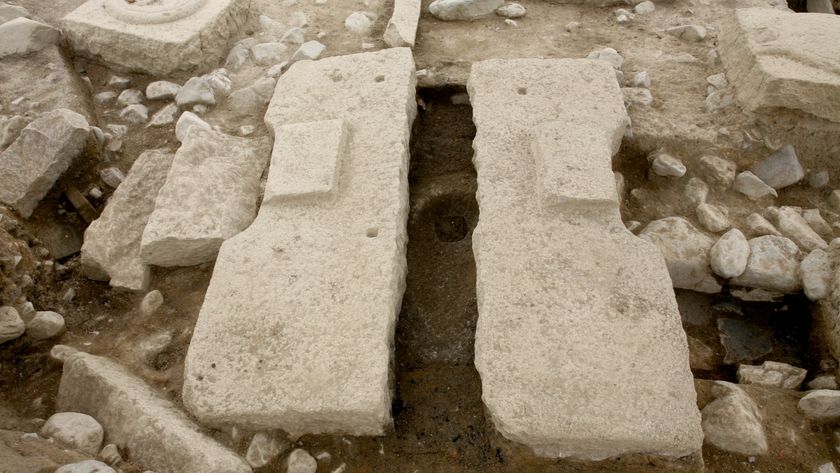Venice's Red Roofs Seen from Space

The red-tile roofs of Venice stand out in a new astronaut photograph that also shows how humans and the sea interact in this long-occupied location.
The photograph shows Venice in the Venice Lagoon, with the neighboring city of Mestre nearby. Wetlands separate agricultural fields from the lagoon, and a barrier island divides the lagoon from the Adriatic Sea. A member of the Expedition 39 crew on the International Space Station took this photo on May 9, according to NASA's Earth Observatory.
Venice's occupation stretches back before any surviving records, but the oldest church in the city is San Giacomo di Rialto, which supposedly dates back to 421 A.D. The city's seaside location made it important for trade throughout the Middle Ages. A war with the Ottoman Empire in the 1400s, combined with several outbreaks of the Black Death, hampered the city's fortunes somewhat. During the Renaissance, Portugal emerged as a new center for trade, eating into Venice's business.
Venice is famously partially submerged, a phenomenon caused by centuries of compaction for building; pumping of groundwater from beneath the city; and natural subsidence of the land. Though the groundwater pumping has been halted, a 2012 study found that Venice continues to sink, and that it is even tilting slightly to the east.
On average, those researchers reported in the journal Geochemistry, Geophysics, Geosystems, Venice subsides about 1 to 2 millimeters (0.04 to 0.08 inches) per year. The easterly tilt also worsens a millimeter or two each year.
Venice sits on the Adriatic plate, in the midst of some very active and complex tectonics. The Mediterranean is where three major tectonic plates — the African, Eurasian and Anatolian — collide. The Adriatic is a "microplate" amongst these giants, and is subducting, or slipping under, the Eurasian plate, a collision that formed the Apennine mountains. This subduction also contributes to the dropping ground level of Venice. Meanwhile, sea level rise due to climate change makes keeping the water out of Venice a difficult challenge.
Editor's Note: If you have an amazing Earth or general science photo you'd like to share for a possible story or image gallery, please contact managing editor Jeanna Bryner at LSphotos@livescience.com.
Sign up for the Live Science daily newsletter now
Get the world’s most fascinating discoveries delivered straight to your inbox.
Follow Stephanie Pappas on Twitter and Google+. Follow us @livescience, Facebook & Google+. Original article on Live Science.

Stephanie Pappas is a contributing writer for Live Science, covering topics ranging from geoscience to archaeology to the human brain and behavior. She was previously a senior writer for Live Science but is now a freelancer based in Denver, Colorado, and regularly contributes to Scientific American and The Monitor, the monthly magazine of the American Psychological Association. Stephanie received a bachelor's degree in psychology from the University of South Carolina and a graduate certificate in science communication from the University of California, Santa Cruz.
Most Popular




